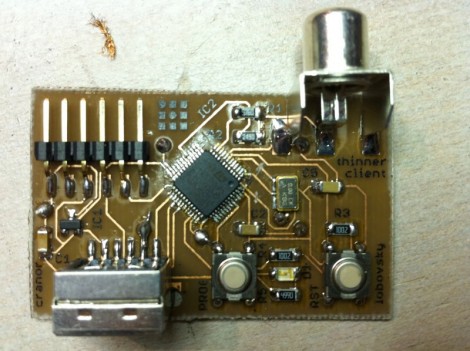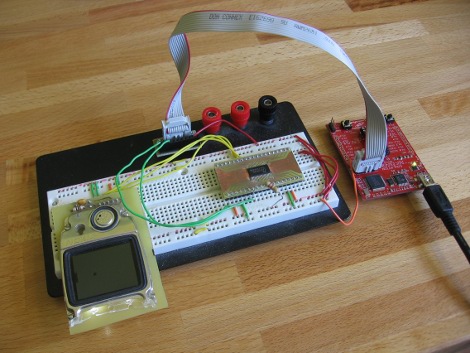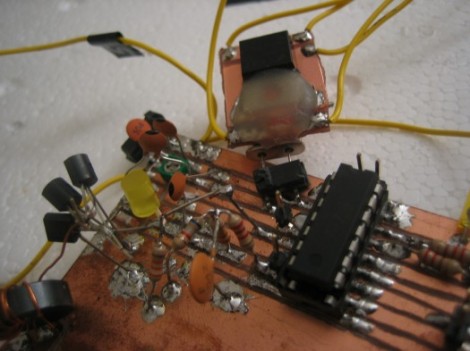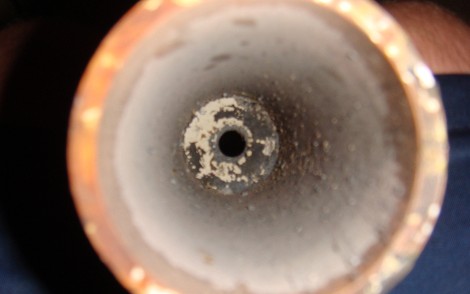
[Chris Fenton] spent a year and a half constructing a 1/10th scale Cray-1 reproduction. The famous supercomputer was meticulously modelled in a field programmable gate array for a “nearly cycle-accurate” reproduction. [Chris’] hardware of choice for the project is a Xilinx Spartan-3E 1600 development board, using 75-80% of the available resources. The finished product runs at 33 MHz and is missing a few functions but it sounds like they don’t affect code execution. We like that he didn’t stop with the processor implementation, but also took the time to produce a case for the development board that looks just like the original.
Unlike the Atari 2600 FPGA project, we’re not quite sure what we’d use this for. But that doesn’t diminish the excellence of his work.
















